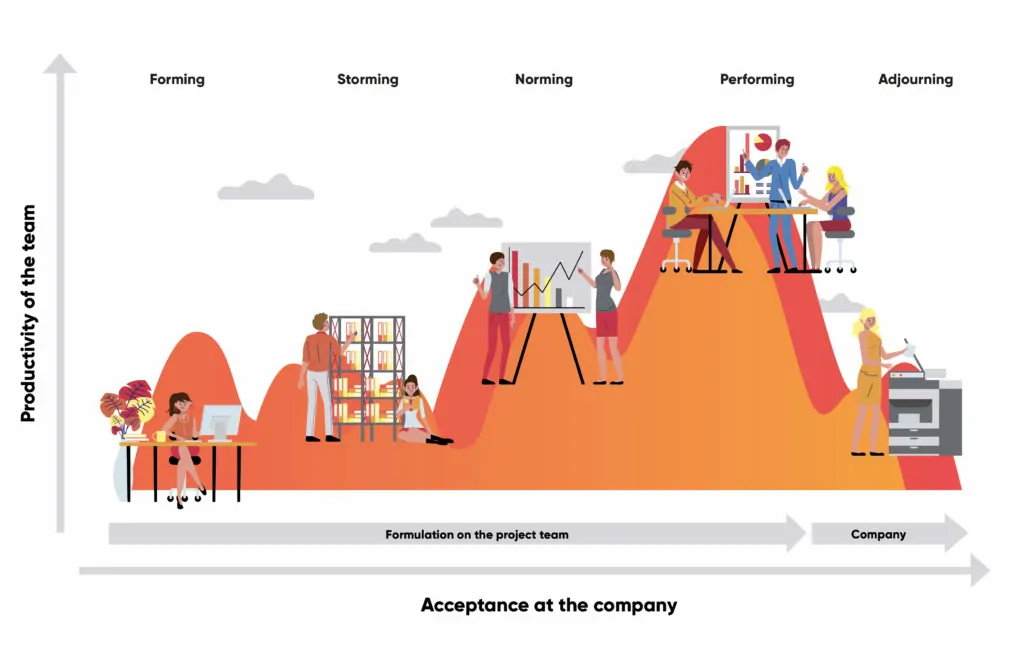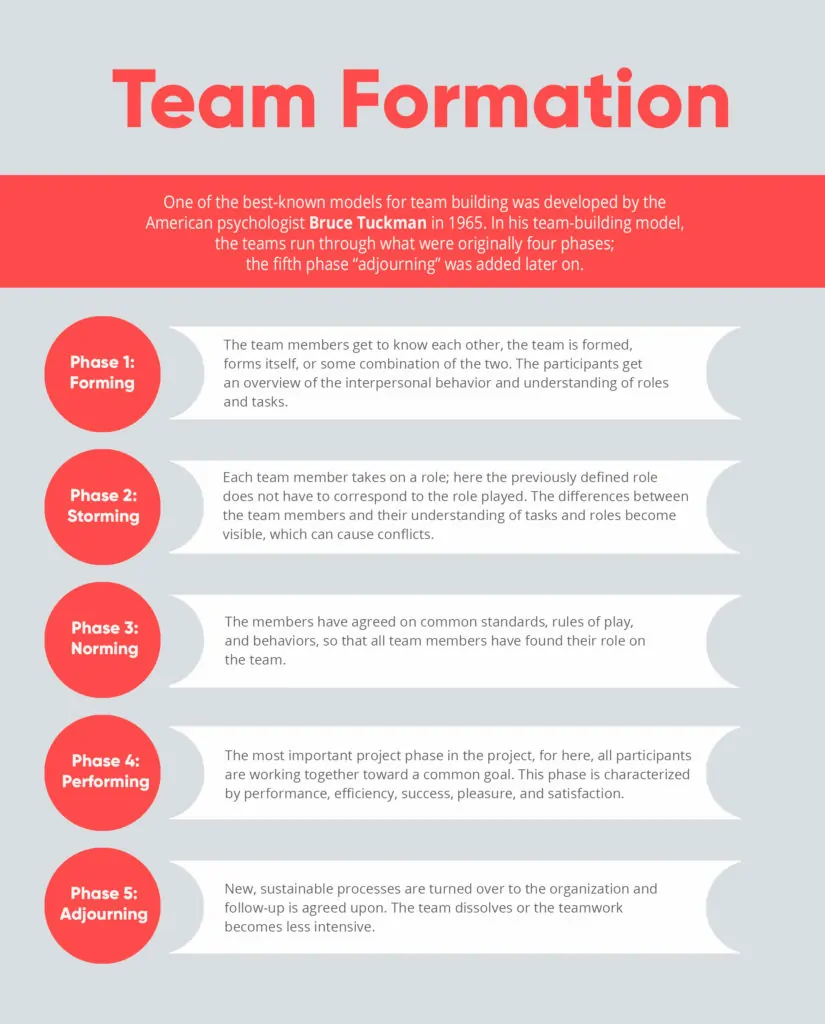Methods, success factors & risks in change management
July 30, 2020

July 30, 2020

Marian Kral works in the Supply Chain Excellence division at valantic and devoted himself to the topic of change management even during his studies. Now he can put his knowledge to practical use in his project work. In an interview, he provides insight into the topic of change management and discusses a selected subtopic that he will explain to us using a sample project situation.
How would you describe change management in brief? What IS change management?
It sounds like you want a definition, but I’d like to explain change management in its simplest form: it’s planned coordination for transforming an organization in the long term from situation A to situation B. Projects can take on different forms, but usually focus on software, processes or organization. Even if it’s not explicitly required, we always equip our logistics projects with a particular selection of different change management models since this way we can “react to outliers” as quickly as possible.
Change management does not draw clear boundaries, so that makes formulating a uniform definition nearly impossible. Even when using terms, a discussion among the specialists begins with the very smallest deviations, as the following examples show:
From my point of view, in addition to these and many other questions in change management, there are a multitude of terms that make such a discussion akin to playing “buzzword bingo.” Such discussions are important and correct in many respects, however they have to be integrated purposefully into the change process and examined and readjusted across the whole process.
Since you’re talking about different models, how do I find the appropriate change management model for my project?
Many models are applied in literature and in practice, and they are constantly being enhanced. Change management is as dynamic as the companies themselves. We will certainly see models in the next few years that we can’t even imagine today. That’s completely normal and suits the change of the companies, the professions, and the people working in these companies and professions. Nevertheless, there are a few models with which we’ve had good experience in projects and that we like to use. Frequently, models come from the “phases and processes” area, such as Lewin’s 3-phase model, Krüger’s 5-phase model or Kotter’s 8-phase model. These models’ step-by-step approach makes good sense and can be expanded or minimized depending on the complexity. We also subdivide into several other areas:
Each of these areas include countless models. Here, the situation and project set-up are always the decisive selection factors for the application of a suitable model set. If the situation allows, I like to begin with “person and personality” in order to inspire suitable and motivated people and spread the sparks of change to their colleagues. Once a good team has formed, the other topics and processes can be developed together. We like to develop a common target vision and appropriate project logo in workshops. Depending on the company, this can occupy a bandwidth from very free and agile to managed and conservative.
Can you tell us more about a change management model and describe it?
Of course, I’d love to. For this, I will describe the general phases of teams, because my experience has shown that every topic is borne and driven by people at the company. Even if it seems obvious that people work at a company who have a wide variety of capabilities, preferences, and values, I constantly have to emphasize this. It’s necessary to understand that many project delays and escalations are due to the cooperation of precisely these people. Therefore it’s important to discuss the classic team phases. There are numerous models for this, which at their core always address similar points. Each team goes through different phases of cooperation, whereby these phases can be accelerated or decelerated with external support. The following figure (model according to Tuckman) shows an example of five sequential team phases.


Of course this is very abbreviated, but this is one way critical team phases can be regarded and classified. It’s important to recognize that conflicts can arise and have to be solved. The phases may also repeat themselves, if, for example, the team is expanded to include new team members, new departments are added or the project scope changes.
What have been your greatest challenges in a SCM and logistics project and how did you and your team overcome these?
As I said before, people are the linchpin of change management projects. In the past, we have been able to handle very complex, large projects with many involved departments and people. Here I would especially like to mention one topic in which the focus is on the challenges of a changing team.
Let me describe the initial situation in brief: For this project, a team of approximately 20-25 people was participating actively in process development and software introduction. The managing core team consisted of about 5-10 people. Some of the processes had been formulated and the respective team roles on the core team had been consolidated, in accordance with the “norming phase” in the model described above.
The challenge came when a new, specialized-dominant team member was added to the managing core team. The new team member examined the current state of the concept, the processes formulated, and the entire procedure. Because of this, from some team members’ perspective, the specified roles shifted, and rivalries and ranking fights had to be resolved again. Here, we observed an unwanted return to the Storming phase.
Our proposed solution stipulated that only through active intervention of the project manager and the transparent clarification of the team phases could a uniform understanding be created. Additional, more relaxed discussions with the people in question resolved the tense situation. In this manner, thanks to transparent communication, the team was lifted quickly from the storming to the norming to the desired performing phase.
My experience is that frequently, these very small interpersonal topics can make a project into one that goes as expected or an exceptionally good one.
What are valantic’s general success factors in a change management project?
There are many success factors, but in my opinion, transparent, traceable action with a common, sensible goal is crucial. We call this the “change story.” In addition to a well-planned change story communicated with successful project marketing, the people at the company who are not participating in the project are informed about project progress and prepared for the specific change. The change story as a purposefully deployed tool in advance is a building block for sensitizing people within the project team. For successful change management, the following things have to be considered without exceptions:
Thank you for the conversation; we wish you great success with your project work.
Don't miss a thing.
Subscribe to our latest blog articles.